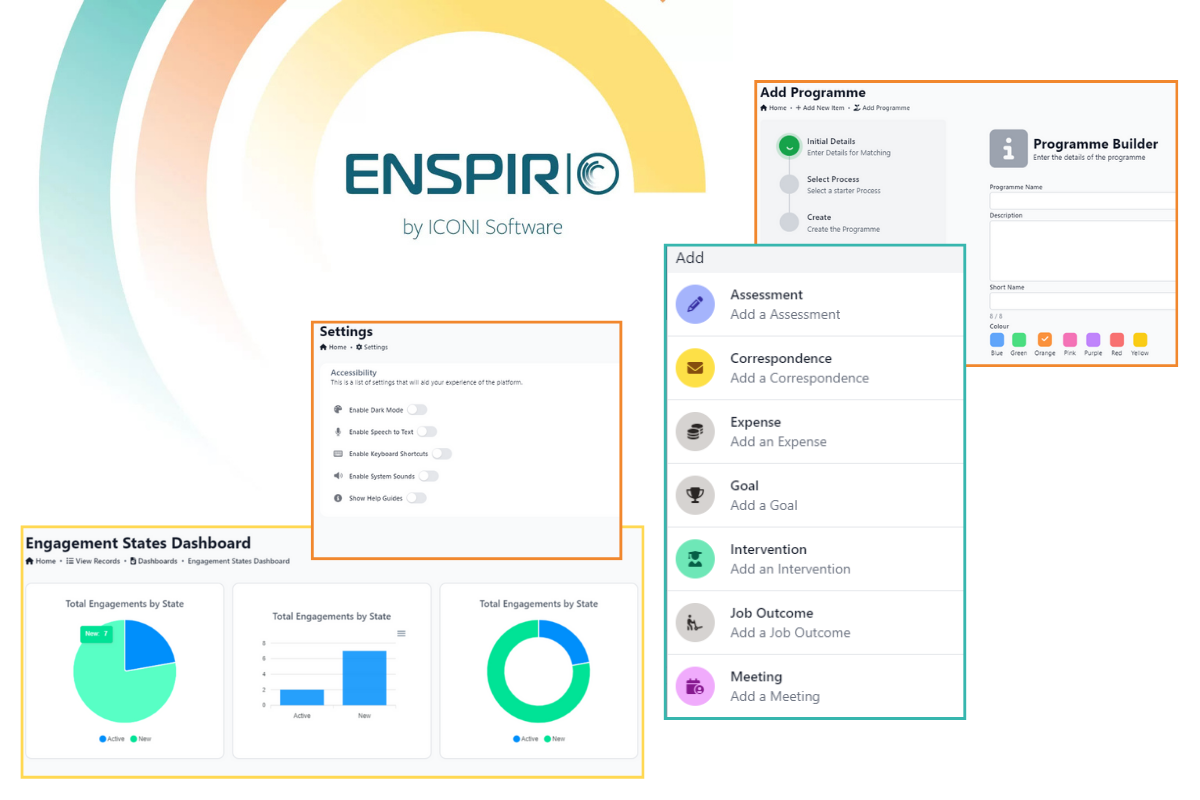UK businesses must champion health & wellbeing in 2023

Tina Woods explores the workplace health & wellbeing trends set to dominate the agenda in 2023.
With the New Year comes new opportunities and new pressures for businesses. One of these will undoubtedly be supporting the health and wellbeing of employees in the workplace. This is especially true as the looming recession places many businesses under pressure to cut costs in areas such as HR, recruitment, and wellbeing. We have already seen reports that show four-in-ten SMEs (38%) are “just about breaking even” and insolvency rates hitting 13-year record highs in Q2 of 2022.
Now, more than ever before, businesses realise that a healthy workforce is critical to delivering increased productivity and growth. With over 2.5 million workers out of the labour force due to long-term sickness (an increase of 500,000 since 2019), and three-quarter of businesses struggling to fill vacancies due to a shortage of workers, enhancing health & wellbeing in the workplace will certainly sit high on the agenda in 2023.
As the economic outlook deteriorates, businesses will need to invest far more strategically in health & wellbeing to ensure that the health of the nation does not derail or worsen.
The drive for greater flexibility
Flexibility is a trend which began at the onset of the pandemic in 2020 and will likely continue well into 2023 and beyond. We’ve already seen many companies make permanent changes around flexible working arrangements. The conversation will partially be driven by Employment Relations (Flexible Working) Bill which will progress through Parliament this year. The Bill seeks not only to empower workers with a day one right to request flexible working, but 1.5 million low paid workers will see exclusivity clauses restriction limiting them from working for multiple employers removed.
Furthermore, it will be interesting to see the fallout of last year’s 6-month nationwide pilot trailing a four-day working week across 70 UK companies with a total of 3,000 employee participants. The trial finished in November and assessed the impact of a shorter work week on a company’s output, bottom line, and employee morale. Already, we are seeing employers from across the UK and Ireland hailing the trial as a success – reporting back happier employees, higher productivity and greater retention rates.
Employers willing to engage with this trend and implement greater flexible working options this year certainly have a lot to gain. Offering greater flexibility in work schedules will be a big factor in driving the return of the ‘economically inactive’ back into the workforce – by providing greater autonomy to those with caring responsibilities, older workers and/or those in poorer health or living with a disability. This will no doubt feature in the recommendations in the government review currently being conducted on why people are leaving the workforce, how to get them back, and how to keep them in work.
While greater flexibility is an effective measure to drive productivity levels, job satisfaction and increase health and wellbeing, it is not without its own challenges. While offering highly desired flexibility, working from home can also lead to a blurring of boundaries. For example, many employees will be working in the same areas they socialise and sleep in, which over time can lead to overworking, burnout and even depression and anxiety. Therefore, the onus is on employers to implement clear boundaries by encouraging employees to disconnect and implement periods of time such as ‘wellness hours’ where employees might choose to go for a walk or take a gym class. Simple things, like employers not sending task-related emails out of hours can be very effective too to minimise stress.
The threat of the cost-of-living crisis
With UK inflation hitting a 41-year high in October, the cost-of-living crisis is biting down hard on the nation. UK businesses will not be able to ignore the impact of rising basic costs on the physical and mental health of their workforce and will likely need to ingrain ‘financial wellbeing’ more firmly into the health agenda. A recent survey of 1,000 employees revealed that 69% believed their company should do more to support their personal finances – indicative of the expectation from employees for more financial support and education.
Financial insecurity is a growing threat amongst the workforce in the UK. The Royal College of Physicians indicates that over half the population has seen the cost-of-living crisis negatively impact their health. Rising anxiety levels and worsening mental health linked to rising costs has the potential to paralyse productivity and this is likely why HR teams are ranking the crisis as their number one challenge in 2023.
Failure to adapt health & wellbeing policies to account for the financial pressures many are under will pose retention risks, as well as triggering health concerns, such as increased stress and anxiety. Some businesses may be offering a one-off ‘cost of living payment’ but for those not in a position to do so, it’s worth considering subsidised food schemes, gym discounts, flexible working and more.
According to a recent consumer insight tracker, an estimated 1.9m households failed to make at least one mortgage, rent, loan, credit or other bill payment in the lead up to Christmas. Therefore, businesses may also consider offering a salary advance or interest fee loans, to help ease the mounting financial pressures.
The movement to view health as a priority investment
Since the pandemic, one of the most powerful business trends to emerge was a stronger appreciation for the value of a healthy workforce. Similar to the ESG movement which saw business leaders considering the wider impact of their decision on the environment, employers are increasingly recognising their ability to deliver a healthier and happier workforce. In turn, this can improve retention, increase productivity, and boost overall business growth.
As we enter a recession, it is important that this progress is not lost, and that greater attention is directed towards helping SMEs with smaller budgets take an active role in this health & wellbeing revolution. This is, in part, the reason behind Business for Health’s new World Health Index – launched in partnership with the CBI in November 2022. The index aims to help businesses benchmark their health provisions against others and invest far more strategically in the measures most likely to deliver real value to the workforce, the business, and ultimately, the nation.
For SMEs with limited budgets, there are many cultural improvements that can be made to your organisation that can add real value without the high price tags. For example, developing strong peer networks can help to create open discussions around health issues to ensure no employee feels alone. Open forums and surveys can encourage employers to better understand the needs of their workforce and develop more targeted solutions to the problems facing these workers.
Given we are in a period of economic instability and turbulence, it is crucial that businesses improve and support the health of their workforce. This is a two-way relationship and if a business has healthy employees, they’re more likely to have healthy returns. And in 2023, it will be investment in these areas that will help companies edge ahead of competitors and succeed.
By Tina Woods, CEO & Founder of Business for Health











Responses